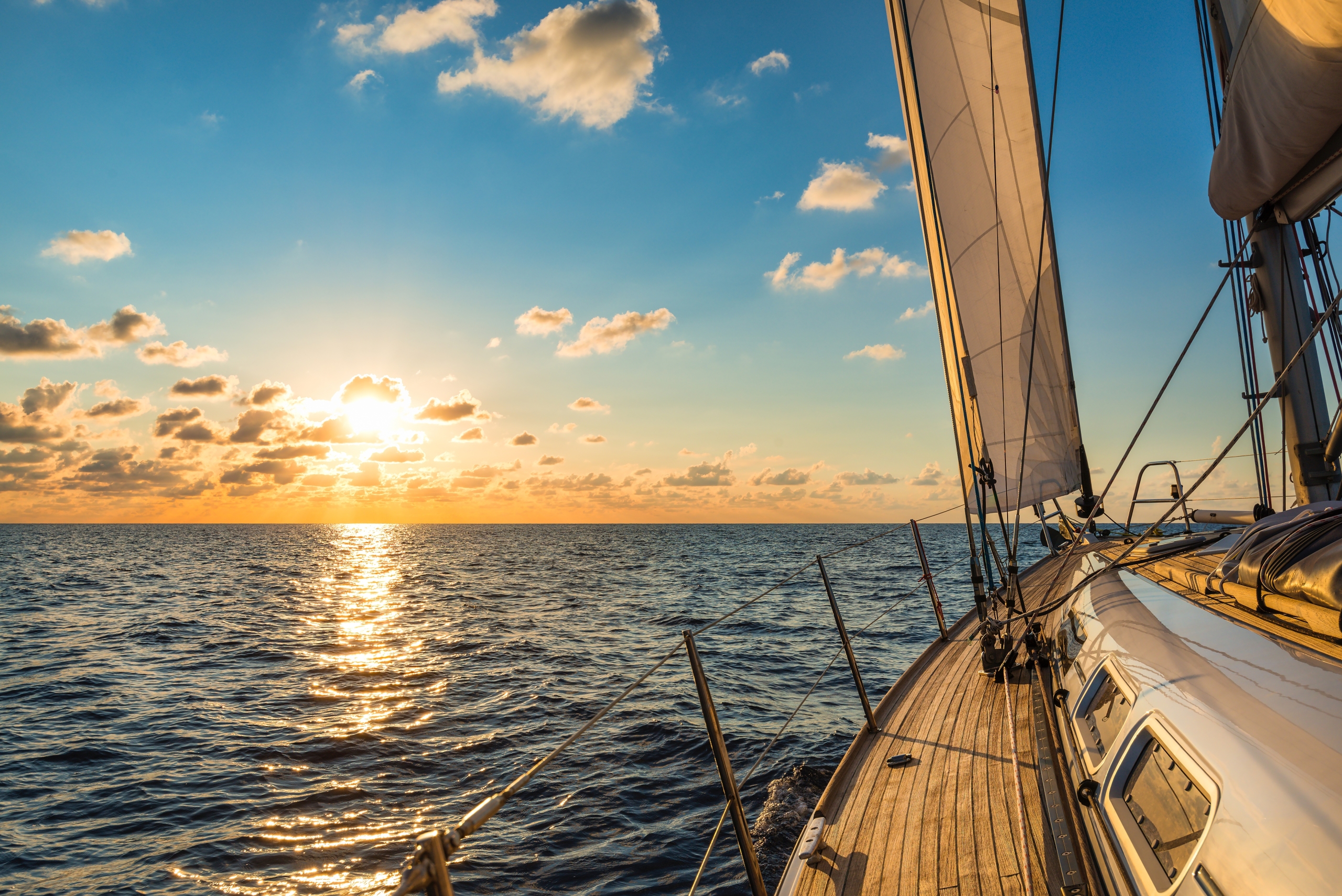The Camino de Santiago, traditionally traveled on foot, has expanded its horizons with El Camino a Vela (The Way to Santiago by Sailboat), a maritime pilgrimage that blends the experience of sailing with the journey to Santiago. Now approaching its tenth edition in 2025, this initiative, promoted by Northmarinas, allows participants to navigate their way to the Galician capital, retracing historic coastal and river routes.
Origins and Evolution of El Camino a Vela
Patricia Alcubilla, coordinator of El Camino a Vela (The Way to Santiago by Sailboat), explains that the project was conceived to promote nautical tourism along Spain’s northern coast while highlighting the region’s cultural, gastronomic, and historical richness. It also aims to make sailing more accessible, drawing increasing numbers of participants and vessels each year.
In 2025, the journey will span 27 days, including 19 sailing stages and seven days set aside for rest and cultural visits. A key event will be the twinning of various port towns along the route, with Gijón as the host city.
The Traslatio Tradition
 The route begins in La Rochelle, France — a starting point introduced in 2019 to attract sailors from Brittany and strengthen ties with the French pilgrimage tradition. From there, the journey follows the Bay of Biscay, making stops in Hondarribia, Getaria, Bermeo, Bilbao, Santander, Ribadesella, Gijón, Avilés, Ribadeo, Viveiro, Ferrol, A Coruña, Muxía, Muros, Ribeira, and Vilagarcía de Arousa.
The route begins in La Rochelle, France — a starting point introduced in 2019 to attract sailors from Brittany and strengthen ties with the French pilgrimage tradition. From there, the journey follows the Bay of Biscay, making stops in Hondarribia, Getaria, Bermeo, Bilbao, Santander, Ribadesella, Gijón, Avilés, Ribadeo, Viveiro, Ferrol, A Coruña, Muxía, Muros, Ribeira, and Vilagarcía de Arousa.
The final stretch follows the Traslatio route, sailing up the Arousa estuary and the Ulla River. Pilgrims then complete the journey on foot, walking from Padrón to the Plaza del Obradoiro in Santiago de Compostela. This leg commemorates the legendary arrival of the remains of James the Greater in Galicia.
A Pioneer in Maritime Pilgrimage
As one of the first organized sailing routes to Santiago, El Camino a Vela has developed a distinct identity over the past decade. Its international reach is evident in both its diverse participants and its departure from La Rochelle, an important European sailing hub.
Each year, the voyage supports a social cause related to the sea, such as advocating for women in maritime professions, promoting maritime education, or raising awareness about environmental sustainability.
A Transformative Experience
Taking part in El Camino a Vela offers a unique blend of adventure and contemplation. Sailors form a temporary community at sea, sharing the challenges of navigation alongside the deeper reflections of pilgrimage.
As Alcubilla describes it, El Camino a Vela provides an opportunity to experience the Camino de Santiago from a different perspective—one shaped by wind, tides, and the bonds formed among fellow travelers of the sea.
The Traslatio: Sailing the Route of Legend
Beyond offering an alternative path to Santiago, El Camino a Vela connects directly with the Traslatio, a tradition rooted in medieval accounts of James the Greater’s journey to Galicia. According to legend, after his death, his followers, Theodore and Athanasius, transported his body by sea from the eastern Mediterranean to the Galician coast. Their vessel, sailing along the Atlantic, eventually entered the Arousa estuary and followed the Ulla River inland to Iria Flavia—modern-day Padrón.
The final stages of El Camino a Vela recreate this historic voyage, making it the only officially recognized waterborne segment of the Camino de Santiago. For those who embark on it, the experience merges maritime exploration with centuries-old tradition, offering a journey shaped by both navigation and heritage.
The Legend of the Cabaleiro das Cunchas: A Tale from Santiago





